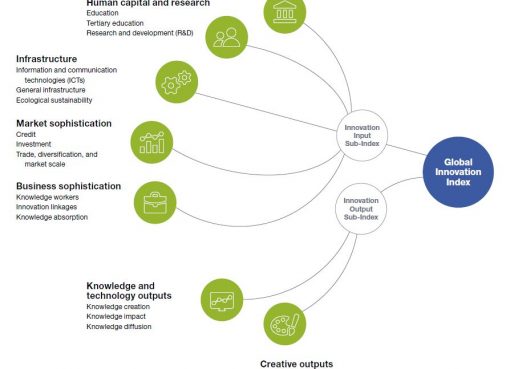The biodiversity significance of the north-eastern region of India is well known. The World Wildlife Fund, Inc. (WWF) has identified the Entire Eastern Himalaya as a priority Global 200 Ecoregion. The Eastern Himalaya ‘hotspot’ has been upscaled to the Indo Burma Hotspot by Conservation International. This now includes all the eight states of the North-Eastern Region of India.
This region is said to support the highest bird diversity in this hotspot with about 836 of the 1200 bird species reported from the Indian subcontinent. The NE Region has as many as 51 forest types and represents six out of nine vegetation types found in India. The region harbours India’s largest elephant population and the world’s largest population of the greater one-horned rhinoceros. The threatened mammals found in the region include one-horned rhinoceros, swamp deer, gaur, clouded leopard, hispid hare, pygmy hog, capped leaf monkey, Asiatic black bear and sloth bear.
The description above represents only a few major highlights of the greater biodiversity of this region. Although there have been a lot of efforts both from public and private organizations to study, develop inventories, and conserve the unique biodiversity of the region, no attempts have so far been made to systematically inventorize, preserve and display the resources in a centralized place in the form of a museum. The first biodiversity museum in India was established by the Kerala State Biodiversity Board (KSBB) in Vallakadavu, Thiruvananthapuram as the Kerala Biodiversity Museum on 5th June 2018. The museum, with its range of exhibits, is destined to build awareness among the public on biodiversity, species diversity, and ecosystems. It is rich with a variety of exhibits, panoramas, models, interactive kiosks, and LCD displays, and provides a thrilling experience to the visitors. In addition to generating awareness among the public, the museum also aims to contribute towards biodiversity conservation and sustainability.
Although the Assam Science Society initiated the establishment of a Biodiversity Gallery at Khanapara, Guwahati a few years back, it couldn’t come up to the expectation due to obvious reasons including a lack of adequate financial resources. However, in any case, a gallery cannot be compared to a museum. Can we not, therefore, think of establishing a full-fledged biodiversity museum in Assam or some suitable place in the NER in the line of the reputed museums of its kind in the world such as the Biomuseo Biodiversity Museum in Panama City or Hall of Biodiversity, the American Museum of Natural History? With the necessary support from State and Central Governments as well as the public and with meticulous planning, some organizations may take the lead in establishing such a museum in the region which will be a big boost to our efforts towards the conservation and sustainability of the rich biodiversity of the North-East, and at the same time, may generate sufficient revenues to make it self-sustained in the future.




